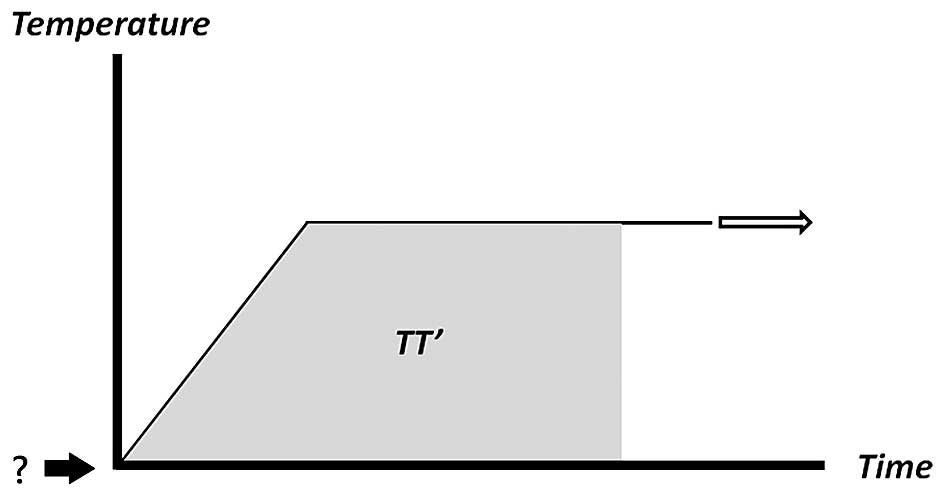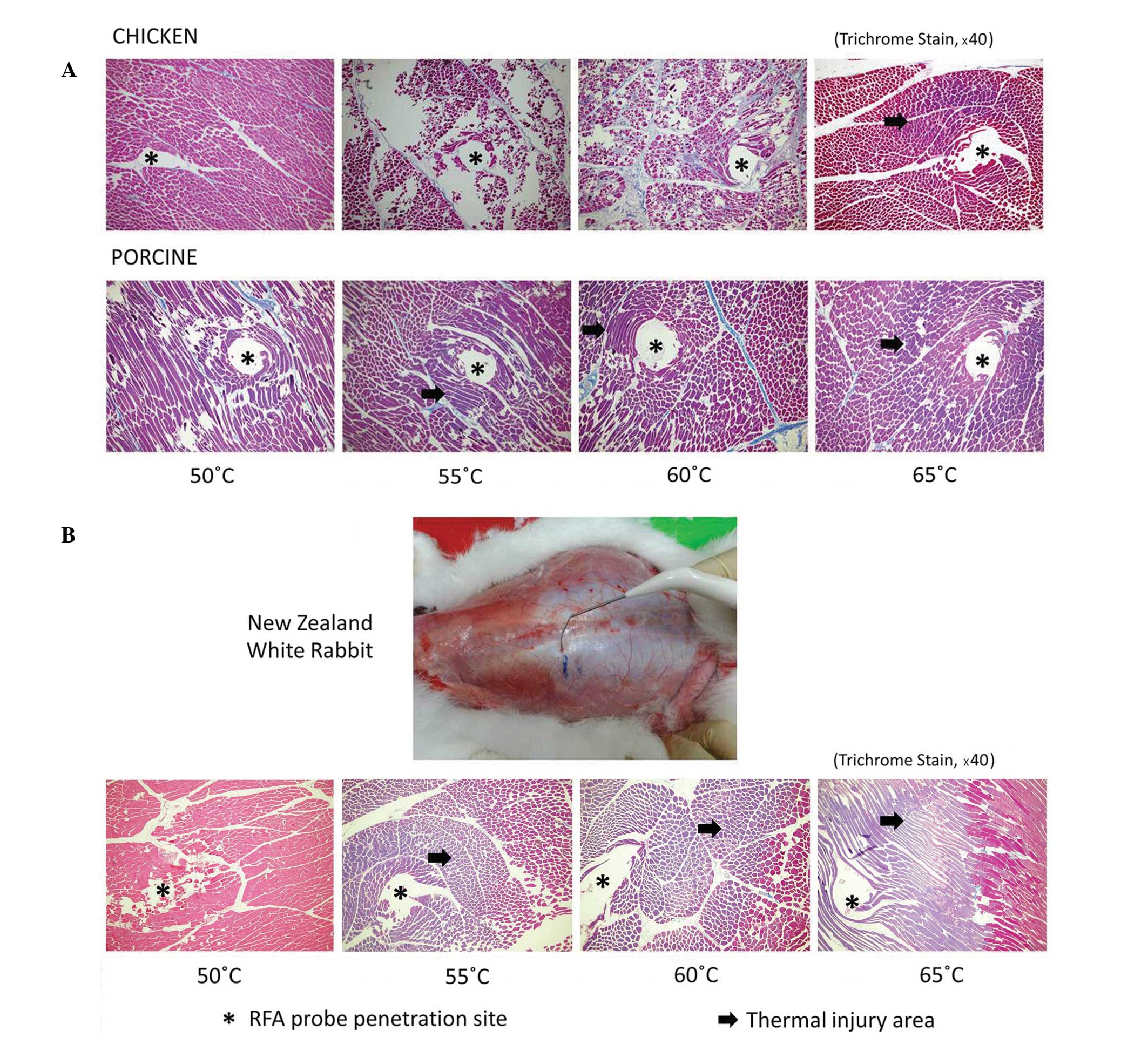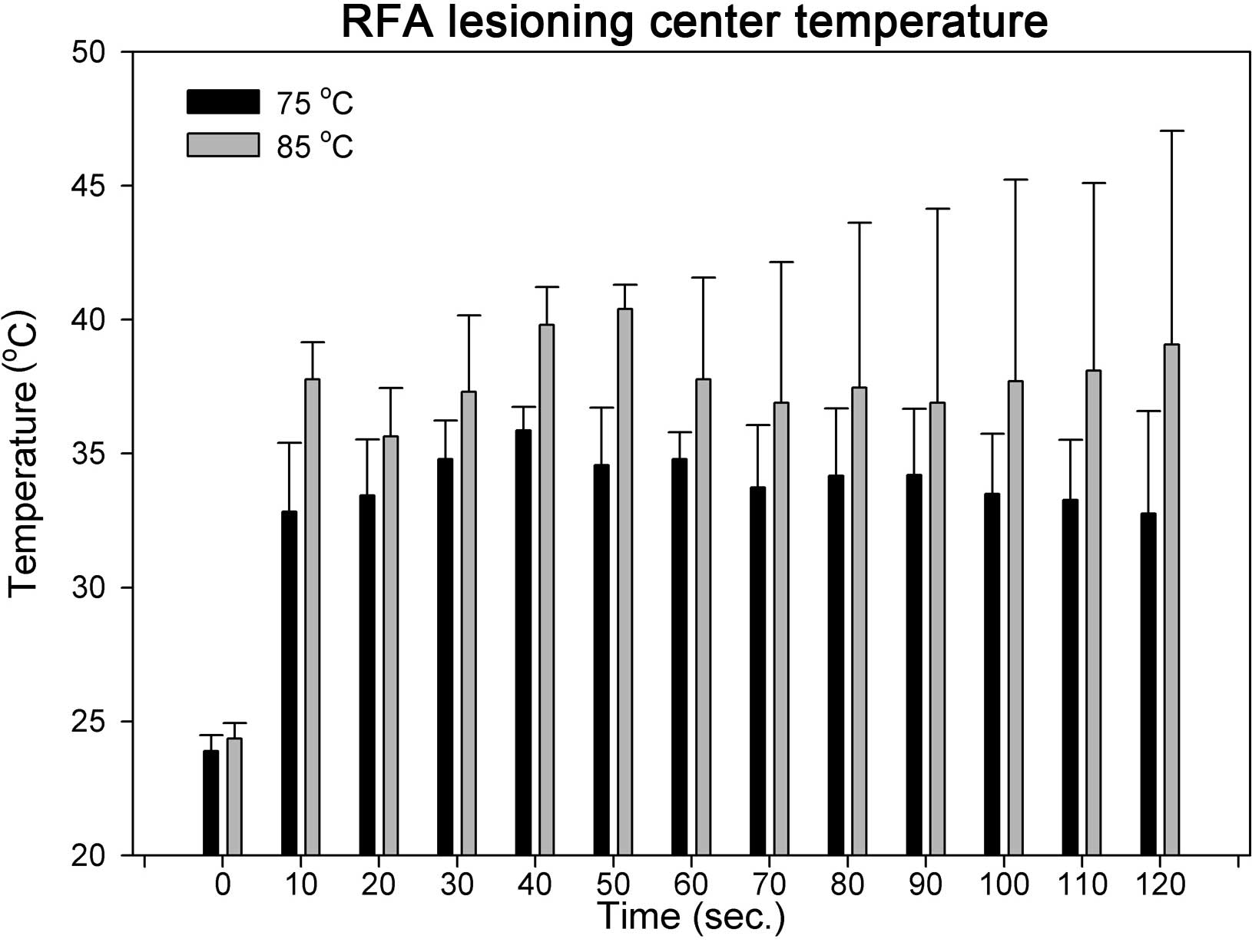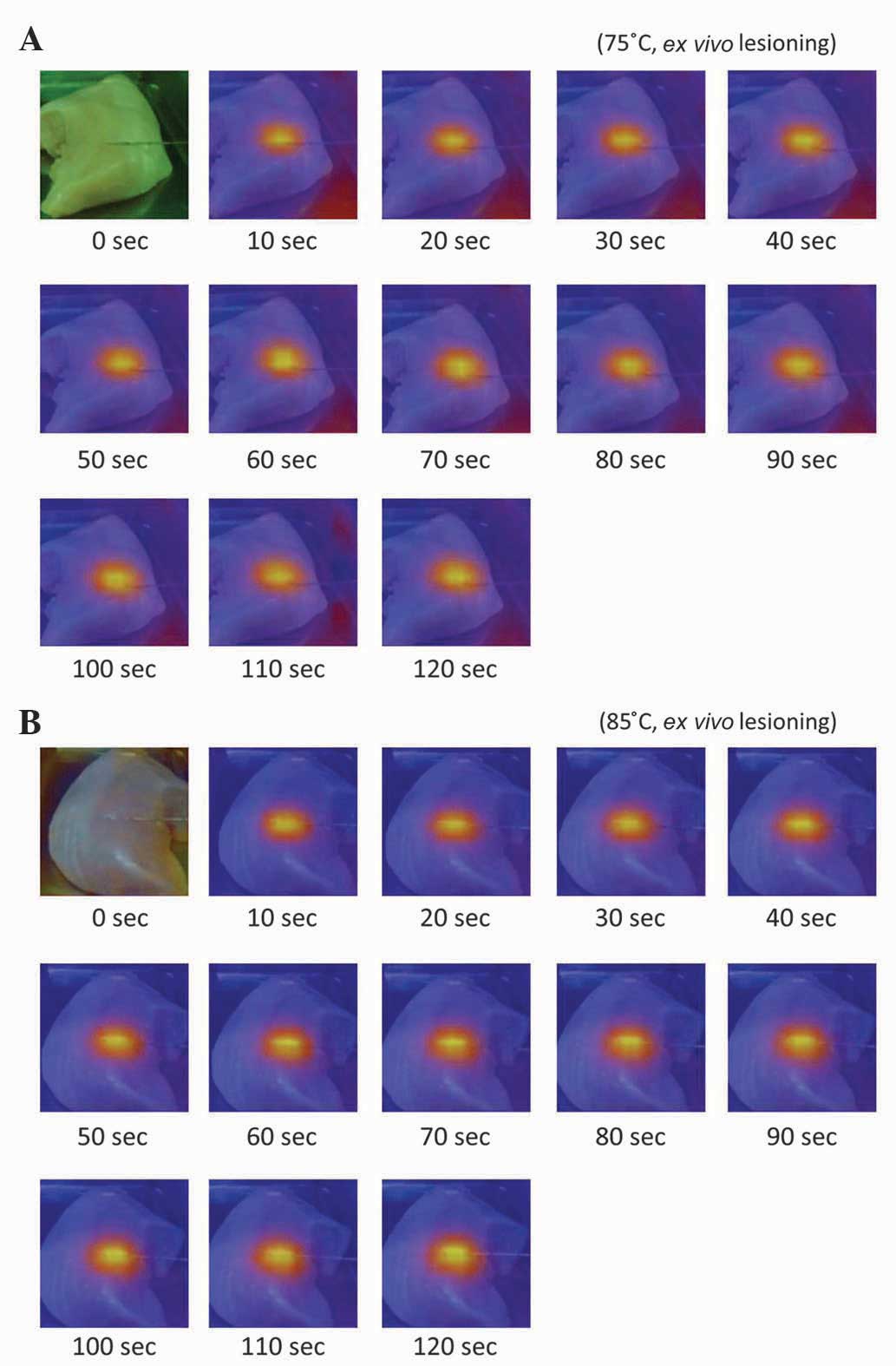|
1
|
Pirsig W: Has tongue base reduction with
radiofrequency energy in sleep apnea syndrome been adequately
evaluated? HNO. 49:501–502. 2001.(In German). View Article : Google Scholar : PubMed/NCBI
|
|
2
|
Stuck BA, Maurer JT and Hörmann K: Tongue
base reduction with radiofrequency energy in sleep apnea. HNO.
49:530–537. 2001.(In German). View Article : Google Scholar : PubMed/NCBI
|
|
3
|
Blumen MB, Dahan S, Fleury B, Hausser-Hauw
C and Chabolle F: Radiofrequency ablation for the treatment of mild
to moderate obstructive sleep apnea. Laryngoscope. 112:2086–2092.
2002. View Article : Google Scholar : PubMed/NCBI
|
|
4
|
Li KK, Powell N and Riley R:
Radiofrequency thermal ablation therapy for obstructive sleep
apnea. Oral Maxillofac Surg Clin North Am. 14:359–363. 2002.
View Article : Google Scholar : PubMed/NCBI
|
|
5
|
Powell NB, Riley RW, Troell RJ, Li K,
Blumen MB and Guilleminault C: Radiofrequency volumetric tissue
reduction of the palate in subjects with sleep-disordered
breathing. Chest. 113:1163–1174. 1998. View Article : Google Scholar : PubMed/NCBI
|
|
6
|
Powell NB, Riley RW and Guilleminault C:
Radiofrequency tongue base reduction in sleep-disordered breathing:
A pilot study. Otolaryngol Head Neck Surg. 120:656–664. 1999.
View Article : Google Scholar : PubMed/NCBI
|
|
7
|
Lin HC, Lin PW, Friedman M, Chang HW, Su
YY, Chen YJ and Pulver TM: Long-term results of radiofrequency
turbinoplasty for allergic rhinitis refractory to medical therapy.
Arch Otolaryngol Head Neck Surg. 136:892–895. 2010. View Article : Google Scholar : PubMed/NCBI
|
|
8
|
Eick OJ: Temperature controlled
radiofrequency ablation. Indian Pacing Electrophysiol J. 2:66–73.
2002.PubMed/NCBI
|
|
9
|
Chang YL, Tseng TM, Chen PY, Lin CJ and
Hung SH: Using temperature-time integration as a critical parameter
in using monopolar radiofrequency ablations. Eur Arch
Otorhinolaryngol. 271:1973–1979. 2014. View Article : Google Scholar : PubMed/NCBI
|
|
10
|
Petersen HH, Chen X, Pietersen A, Svendsen
JH and Haunsø S: Lesion size in relation to ablation site during
radiofrequency ablation. Pacing Clin Electrophysiol. 21:322–326.
1998. View Article : Google Scholar : PubMed/NCBI
|
|
11
|
Nakagawa H, Yamanashi WS, Pitha JV, Arruda
M, Wang X, Ohtomo K, Beckman KJ, McClelland JH, Lazzara R and
Jackman WM: Comparison of in vivo tissue temperature profile and
lesion geometry for radiofrequency ablation with a saline-irrigated
electrode versus temperature control in a canine thigh muscle
preparation. Circulation. 91:2264–2273. 1995. View Article : Google Scholar : PubMed/NCBI
|
|
12
|
Dorwarth U, Fiek M, Remp T, Reithmann C,
Dugas M, Steinbeck G and Hoffmann E: Radiofrequency catheter
ablation: Different cooled and noncooled electrode systems induce
specific lesion geometries and adverse effects profiles. Pacing
Clin Electrophysiol. 26:1438–1445. 2003. View Article : Google Scholar : PubMed/NCBI
|
|
13
|
Skrumeda LL and Mehra R: Comparison of
standard and irrigated radiofrequency ablation in the canine
ventricle. J Cardiovasc Electrophysiol. 9:1196–1205. 1998.
View Article : Google Scholar : PubMed/NCBI
|
|
14
|
Petersen HH, Chen X, Pietersen A, Svendsen
JH and Haunsø S: Tissue temperatures and lesion size during
irrigated tip catheter radiofrequency ablation: An in vitro
comparison of temperature-controlled irrigated tip ablation,
power-controlled irrigated tip ablation, and standard
temperature-controlled ablation. Pacing Clin Electrophysiol.
23:8–17. 2000. View Article : Google Scholar : PubMed/NCBI
|
|
15
|
Provenzano DA, Lassila HC and Somers D:
The effect of fluid injection on lesion size during radiofrequency
treatment. Reg Anesth Pain Med. 35:338–342. 2010. View Article : Google Scholar : PubMed/NCBI
|
|
16
|
Provenzano DA, Liebert MA and Somers DL:
Increasing the NaCl concentration of the preinjected solution
enhances monopolar radiofrequency lesion size. Reg Anesth Pain Med.
38:112–123. 2013. View Article : Google Scholar : PubMed/NCBI
|
|
17
|
Provenzano DA, Watson TW and Somers DL:
The interaction between the composition of preinjected fluids and
duration of radiofrequency on lesion size. Reg Anesth Pain Med.
40:112–124. 2015. View Article : Google Scholar : PubMed/NCBI
|
|
18
|
Ahmed M, Liu Z, Afzal KS, Weeks D, Lobo
SM, Kruskal JB, Lenkinski RE and Goldberg SN: Radiofrequency
ablation: Effect of surrounding tissue composition on coagulation
necrosis in a canine tumor model. Radiology. 230:761–767. 2004.
View Article : Google Scholar : PubMed/NCBI
|
|
19
|
Obara K, Matsumoto N, Okamoto M, Kobayashi
M, Ikeda H, Takahashi H, Katakura Y, Matsunaga K, Ishii T, Okuse C,
et al: Insufficient radiofrequency ablation therapy may induce
further malignant transformation of hepatocellular carcinoma.
Hepatol Int. 2:116–123. 2008. View Article : Google Scholar : PubMed/NCBI
|
|
20
|
Ihnat P, Rudinska Ihnat L and Zonca P:
Radiofrequency energy in surgery: state of the art. Surg Today.
44:985–991. 2014. View Article : Google Scholar : PubMed/NCBI
|
|
21
|
Massarweh NN, Cosgriff N and Slakey DP:
Electrosurgery: History, principles, and current and future uses. J
Am Coll Surg. 202:520–530. 2006. View Article : Google Scholar : PubMed/NCBI
|
|
22
|
Goldberg SN, Gazelle GS, Halpern EF,
Rittman WJ, Mueller PR and Rosenthal DI: Radiofrequency tissue
ablation: Importance of local temperature along the electrode tip
exposure in determining lesion shape and size. Acad Radiol.
3:212–218. 1996. View Article : Google Scholar : PubMed/NCBI
|
|
23
|
Nikfarjam M, Muralidharan V and Christophi
C: Mechanisms of focal heat destruction of liver tumors. J Surg
Res. 127:208–223. 2005. View Article : Google Scholar : PubMed/NCBI
|
|
24
|
Moriyama-Gonda N, Igawa M, Shiina H,
Urakami S, Shigeno K and Terashima M: Modulation of heat-induced
cell death in PC-3 prostate cancer cells by the antioxidant
inhibitor diethyldithiocarbamate. BJU Int. 90:317–325. 2002.
View Article : Google Scholar : PubMed/NCBI
|
|
25
|
Leber B, Mayrhauser U, Leopold B,
Koestenbauer S, Tscheliessnigg K, Stadlbauer V and Stiegler P:
Impact of temperature on cell death in a cell-culture model of
hepatocellular carcinoma. Anticancer Res. 32:915–921.
2012.PubMed/NCBI
|


















